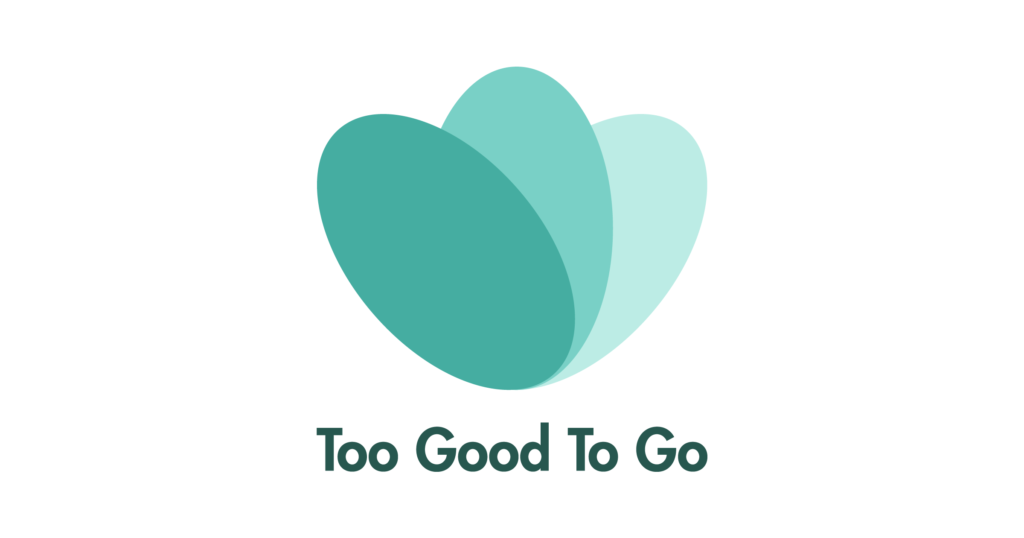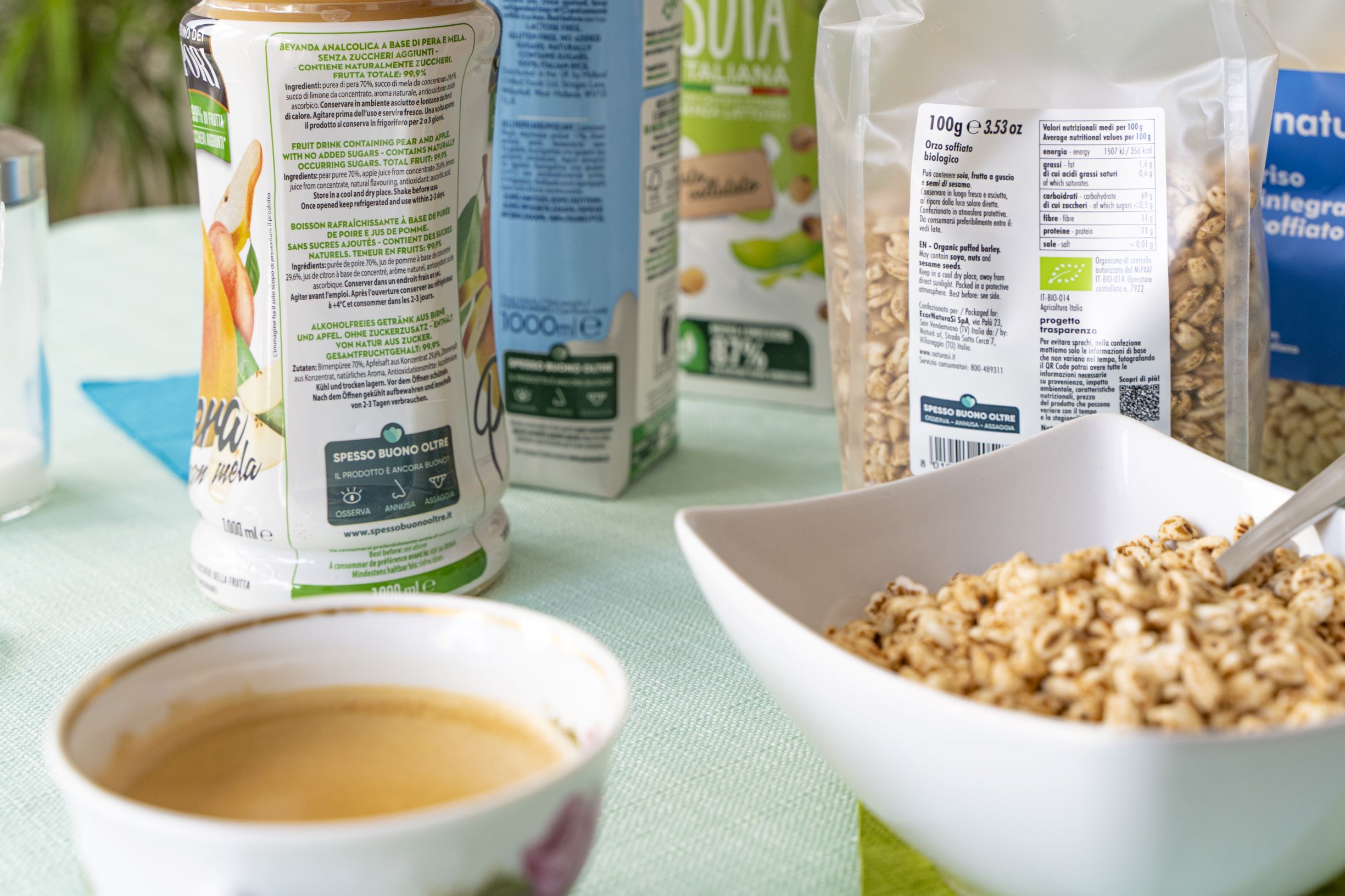According to statistics, more than 1.3 billion tons of food are lost or wasted worldwide each year – rich countries are responsible for the loss of an amount of food that is comparable to the annual net food production of sub-Saharan Africa. However, distinctions must be drawn, since in developing countries 40% of losses occurs at post-harvest and processing levels, while in industrialized countries more than 40% of losses happens at retail and consumer levels.
Therefore, in the last years several solutions have been presented to limit the problem. In 2016, the Italian “Gadda law” (or anti-waste law, named after the proposer) has created a normative framework for food donations to limit waste. Many other initiatives have also been implemented by retailers and consumers. For instance, in supermarkets, products close to their expiry date are often discounted. In addition, many stores reduce the price of unsold products at the end of the day.
This is the core message of the App Too Good To Go. Other than allowing consumers to pick discounted products that would have been wasted, it has promoted the initiative of “conscious labels” – the campaignaims at encouraging people to think hard before throwing a product away, even if it has passed its expiry date (looking, smelling, even tasting can help in determining its status.). The pilot project was launched in 2021 and interested almost 10.000 products, but in 2022 this initiative will be expanded to more than 50.000 items. In fact, it is calculated that, only in the European Union, more than 9 thousand tons of food (which equates to 22 million of tons of carbon dioxide) are wasted every year because of a misinterpretation of labels.

This is for sure a laudable initiative that, however, needs to be integrated with many other practices in order to have an effective impact on the reduction of food waste.
First of all, as we have seen, in rich countries waste is primarily a matter of consumers and retailers, so overproduction, which is one of the leading causes of food waste, should be discouraged in the first place. Second, as the Too Good to Go conscious label shows, buyers need reliable information to understand whether a product is still edible and finally, they have to purchase a reasonable amount of food to avoid household waste.

